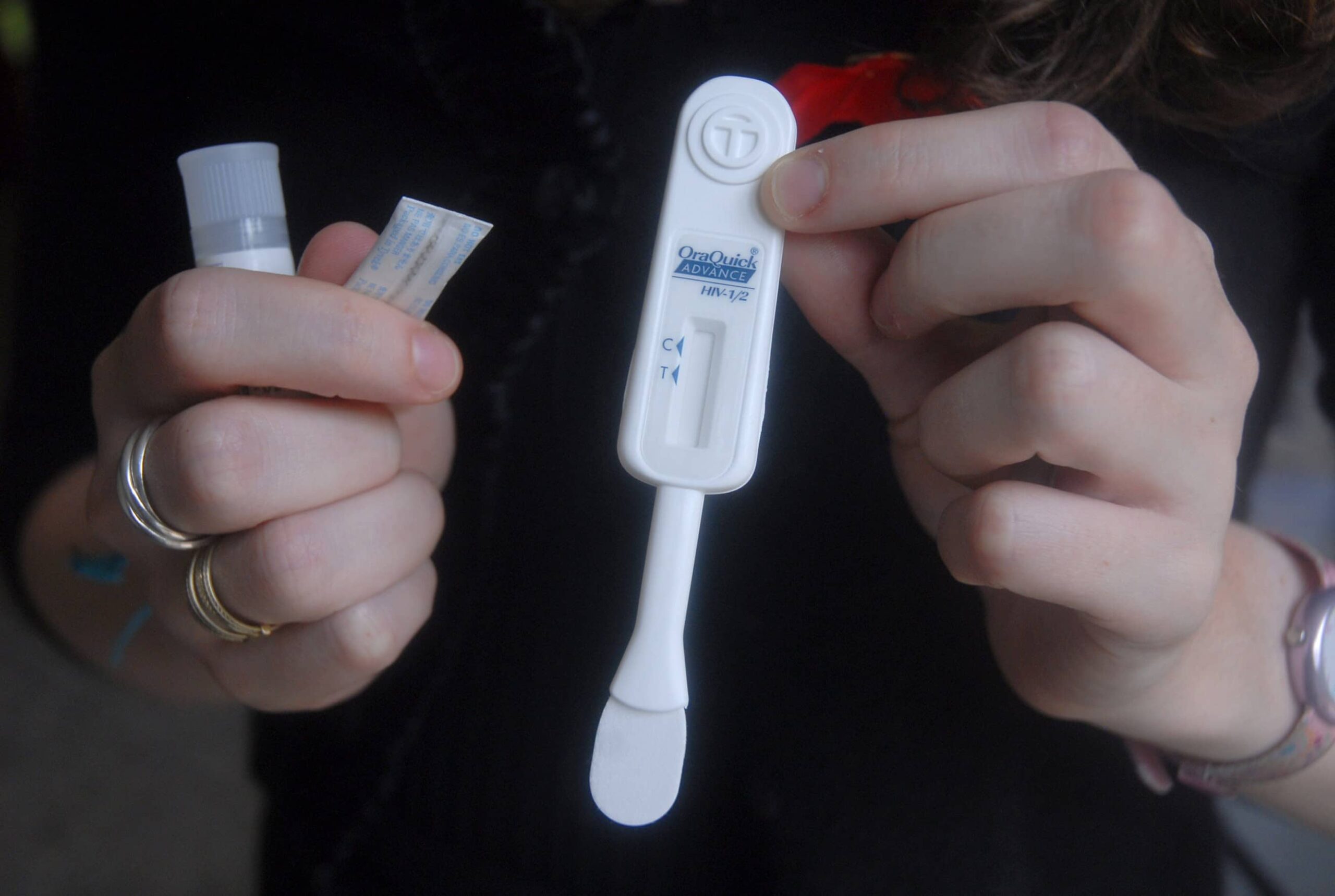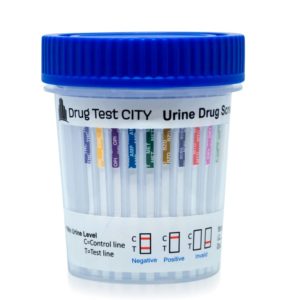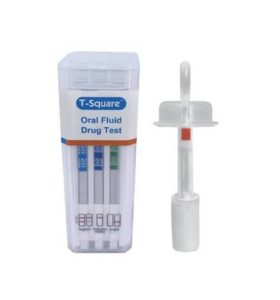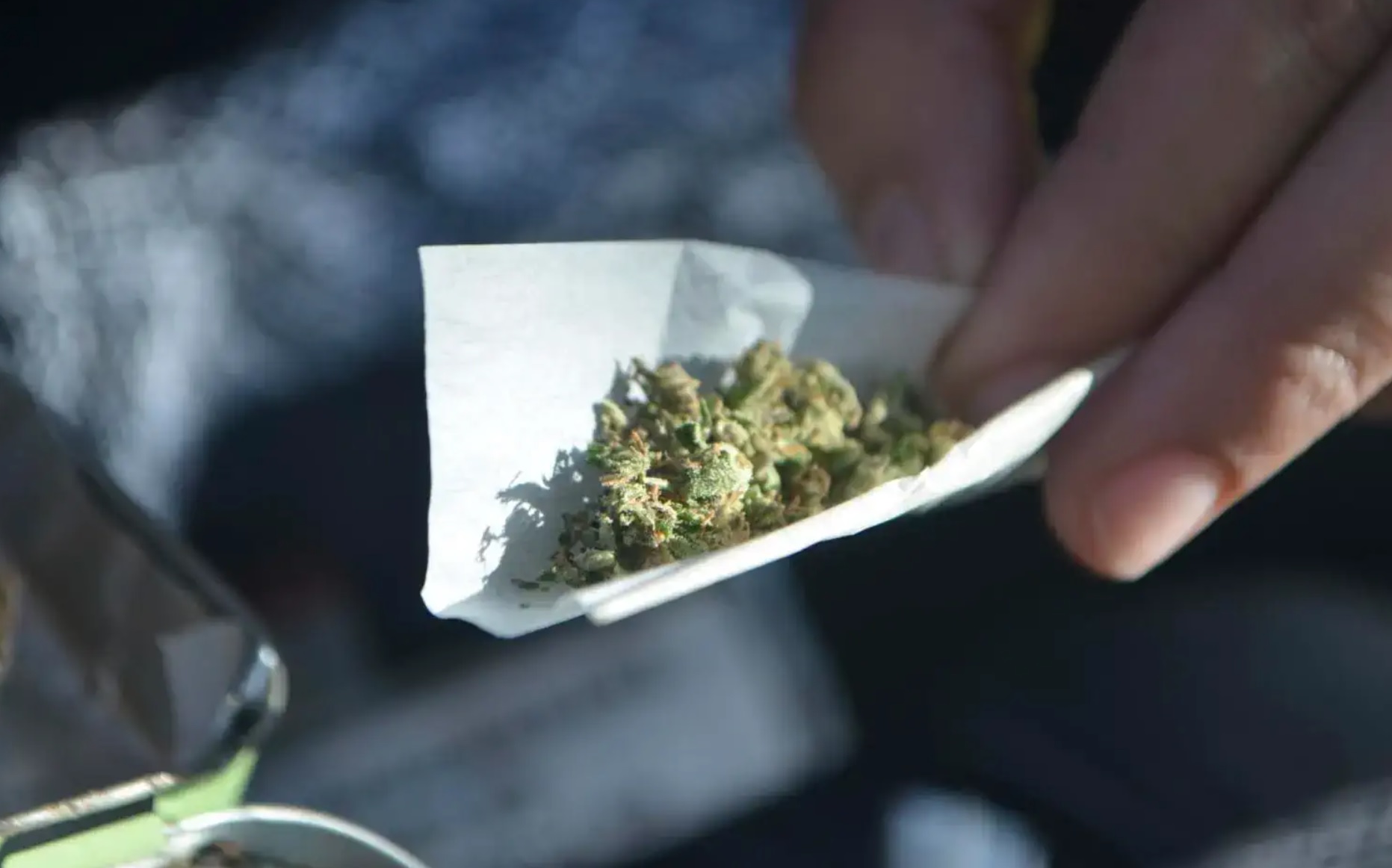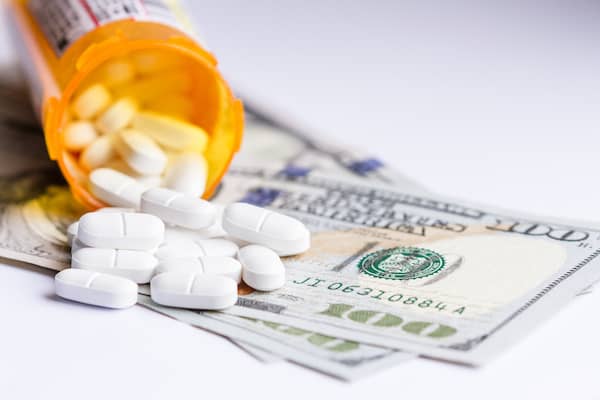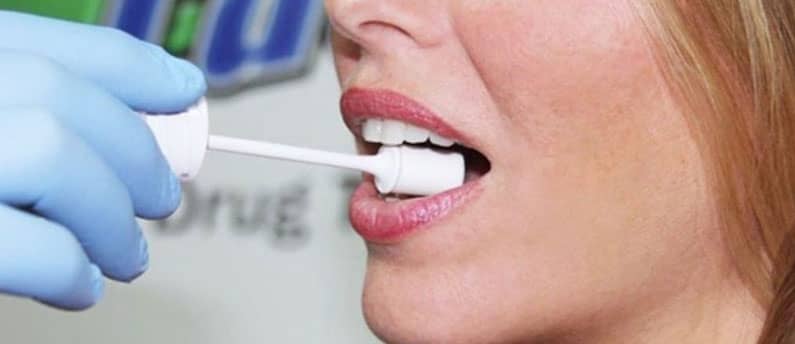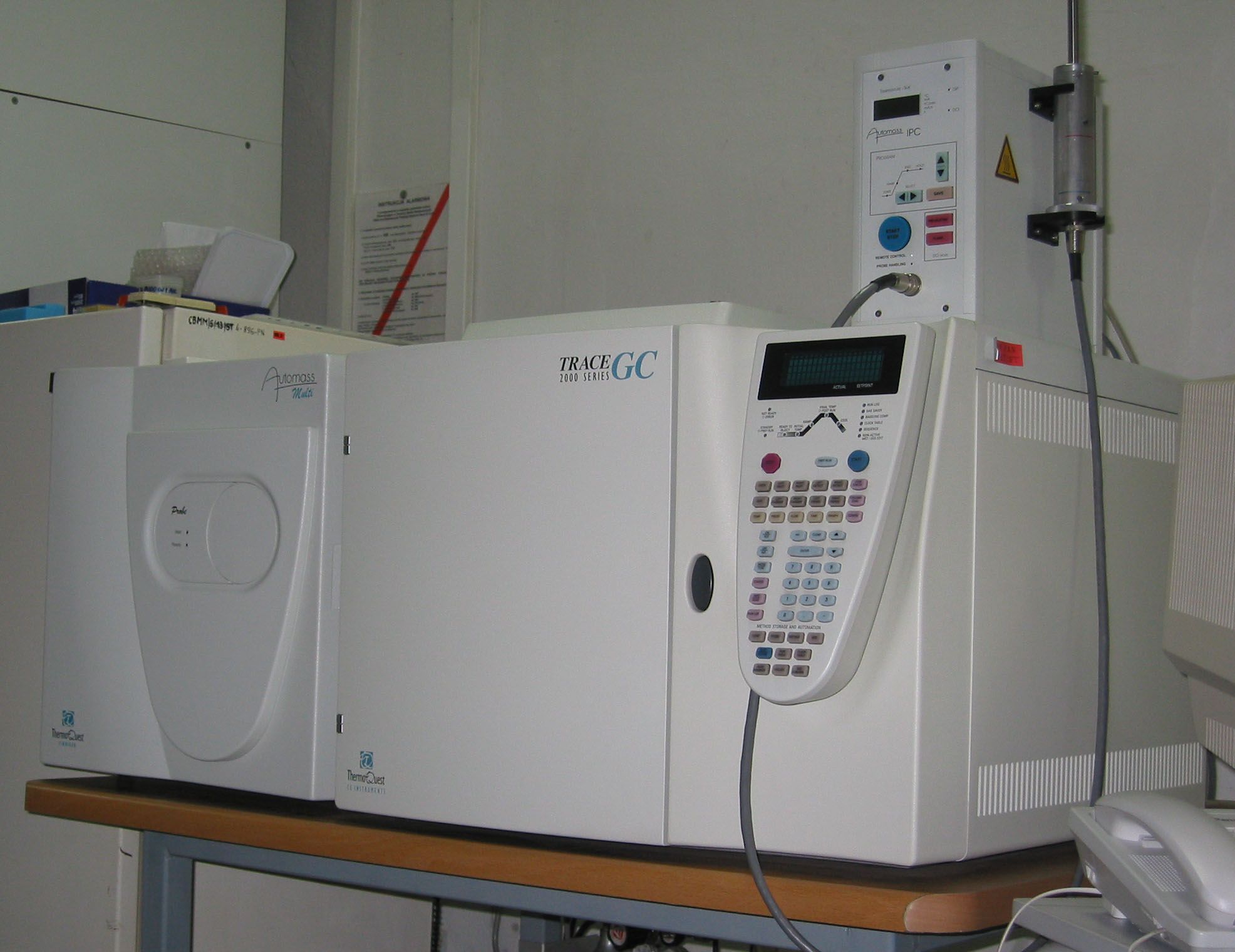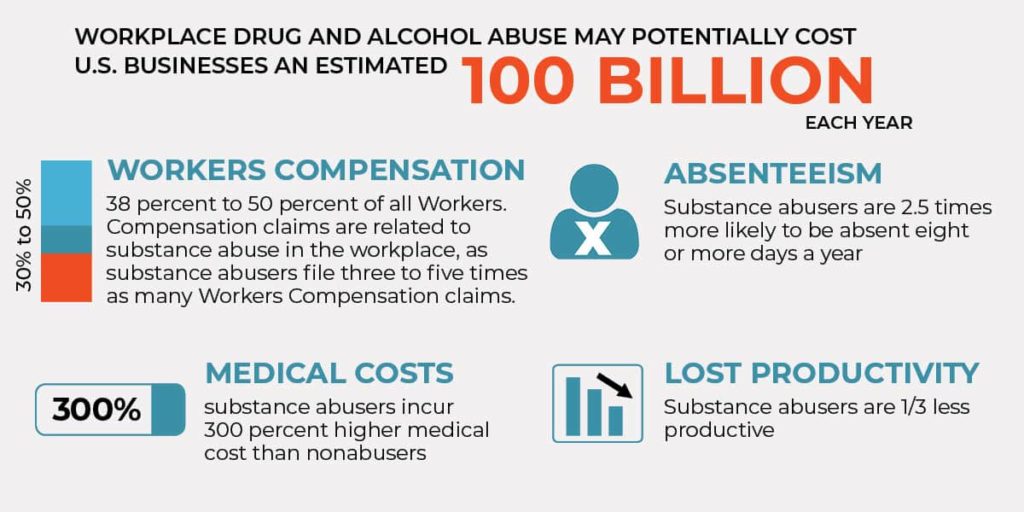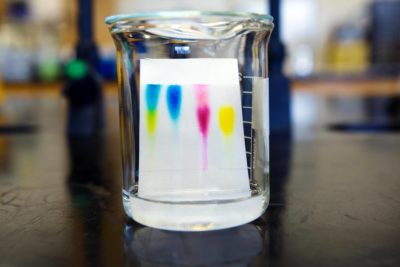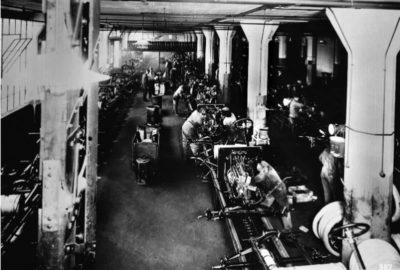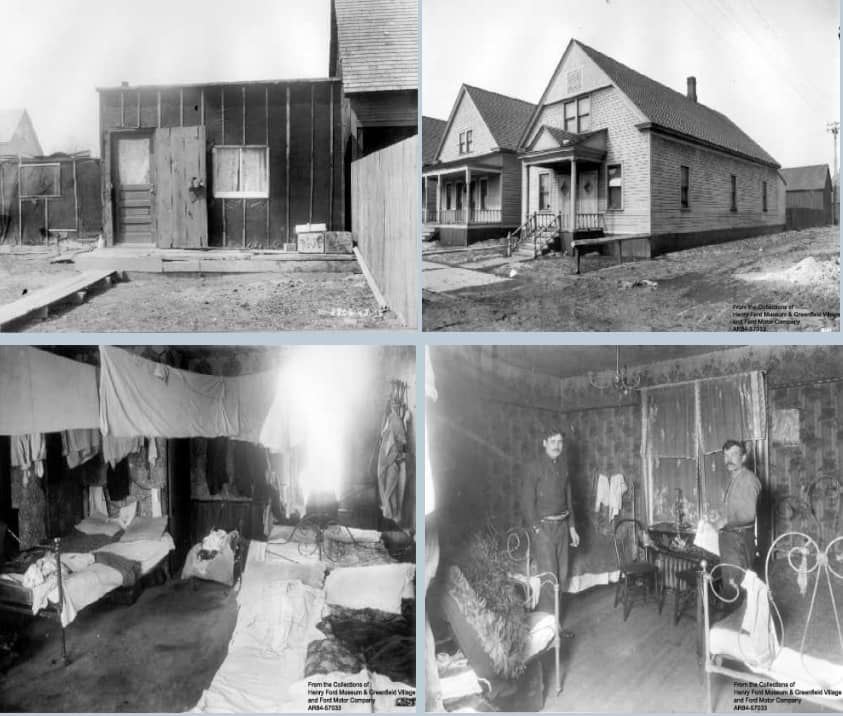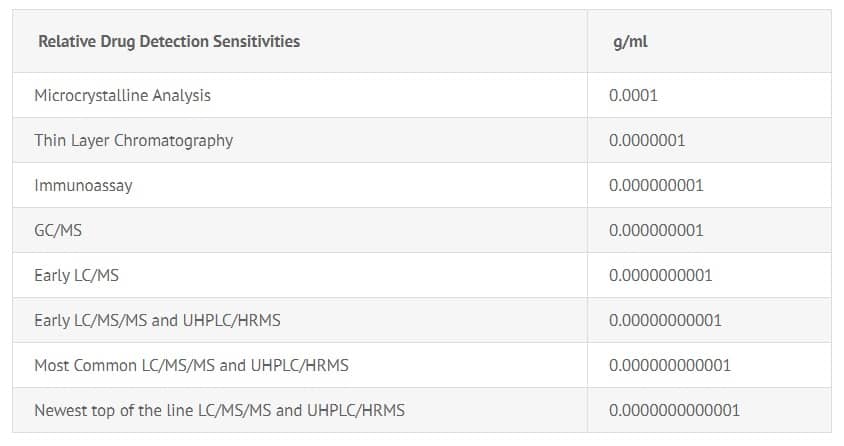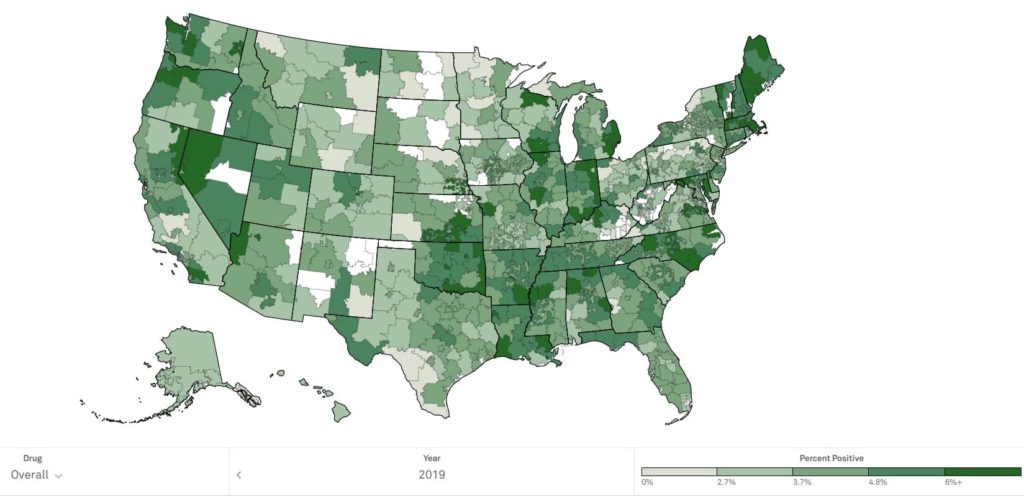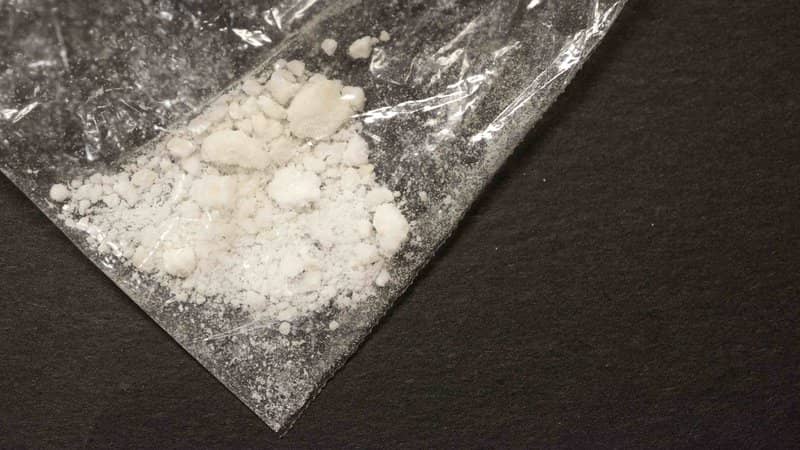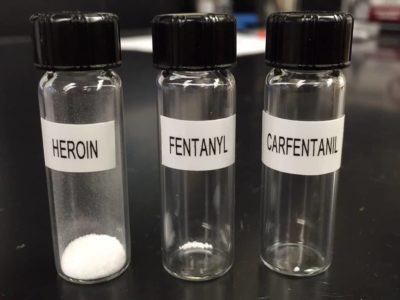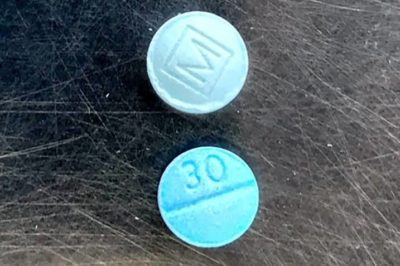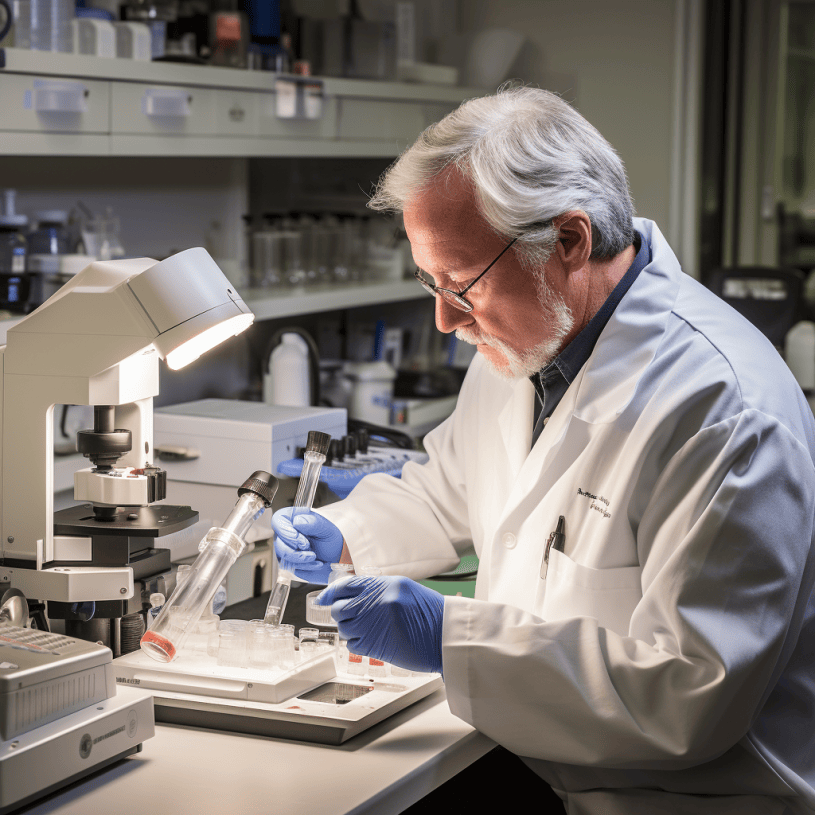
Drug Tests use a biological sample to detect the presence of illegal or prescription drugs and their metabolites in urine, blood, saliva, or hair. Drug testing plays a pivotal role in the practice of medicine, job candidate selection, post accident investigation, mental health services, and many other aspects of society.
The purpose of soliciting a drug test is to detect illegal or prescription drugs and identify prescription drug misuse. For example, doctors need to know if a patient is abusing drugs before prescribing pain medication or other narcotics. The same doctor also needs to know if the patient is taking the drugs being prescribed to them. By examining the patient’s drug test result, healthcare providers can ensure they are providing safe and effective care.
Professionals can choose from a wide variety of panel configurations and sample types. They can also choose whether a point-of-care test that is performed on site or a laboratory test is best suited for their application. Parents will often perform at home drug tests on their children if they expect them of using drugs.
Drug testing may be used as a preventative measure by employers or authorities, or by doctors and patient service centers to confirm the presence of a prescription drug. Modern drug testing is quick an easy. Results are generally available within 5 minutes for on site drug tests and within 2 days for laboratory tests.
What Drugs do Drug Tests Test For?
Drug testing can detect any substance of abuse that a client wishes to investigate. Laboratories using liquid gas chromatography and mass spectrometry can separate any organic compound and measure it’s concentration.
Most drug tests will test for 5-12 drugs of abuse. The most common drugs tested for are:
- Marijuana (THC)
- Cocaine
- Opiates & Morphine
- Amphetamines
- Methamphetamine
- Barbiturates
- Ecstasy (MDMA)
- Benzodiazepines
- Oxycodone
- Methadone
- Buprenorphine (Suboxone)
- PCP
- Tricyclic Antidepressants
- Fentanyl
- Alcohol
The mix of drugs included on a test depends on the application, budget, and availability. For medical use, a comprehensive drug test with at least 12 panels is standard. For employment and DOT testing, 5 panel and 10 panel drug tests that focus on illegal drugs are more common.
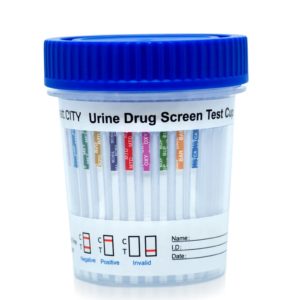
Because humans metabolize drugs in their body, urine tests will often check for a drug’s metabolite instead of the original compound. Metabolites are more consistently expelled and provide more accurate results.
What Are The Types of Drug Testing?
You can perform drug tests using samples of urine, blood, saliva, or sweat. Each type of drug test offers it’s own benefits and challenges. Professionals consider the invasiveness, cost, detection period. and accuracy when choosing which type of drug test best fits their application.
There are 3 levels of drug testing complexity that affect their regulation and use. High complexity, medium complexity, and low complexity. We relegate high and medium complexity tests to laboratory testing except for forensic use. Low complexity drug tests can qualify for a CLIA waiver, which makes them eligible for use by trained staff at a facility that has a CLIA certificate.
Urine Drug Tests
Urine drug testing is the most common type of test, and provides an appealing mix of simplicity, accuracy, and affordability. Companies can complete urine tests on site with an easy-to-use drug test cup in under five minutes. They can also send the sample to a lab to be completed in 1-5 days for a more comprehensive and accurate urine drug test.
Both point-of-care and laboratory testing offer accurate urinalysis. The key difference is that a laboratory test is quantitative, providing the amounts of each drug present in the sample. Laboratories are also more sophisticated at detecting adulteration.
The biggest drawback to urine drug testing is that urine specimen collection is considered slightly invasive.
A 12 panel urine drug test is standard for medical practices, rehabs, and court systems. For these applications it’s important to detect pharmaceuticals and maintenance drugs such as methadone and Suboxone. The detection times range from 3 to 7 days on most drugs, which helps identify drug addiction even if the subject has abstained from drug use for a day or two.
Blood Drug Tests
Law enforcement uses blood drug tests when there is a possibility of a court challenge, and the shorter detection period of 1-4 days is more appropriate. Blood tests are always performed at a medical facility by a trained professional due to the risk of infection by blood-borne pathogens.
Experts consider blood tests more accurate, and they detect the presence of drugs sooner than urinalysis. This is important for criminal investigations, where investigators need to link intoxication to the time a suspect commits a crime. Also, the blood concentration of a substance is more applicable to intoxication than urine concentration.
Urine tests have become more accurate as the technology and quality control have improved. It has replaced blood testing in almost all use cases unless users desire shorter detection windows or more accurate concentration levels.
Saliva Drug Tests
Saliva drug tests have become a popular alternative for workplace and pre-employment drug testing. They are less invasive than urine tests and can test for most of the same drugs. Companies consider them more convenient for hiring. Their shorter detection time isn’t a concern for organizations that only need to confirm that an employee isn’t using drugs on the job.
The detection time for saliva drug tests is shorter, and they are not as reliable as urine drug screens. They also require a technician that can confirm they collected enough saliva for the test to be viable.
Newer mouth swab drug tests feature an indicator line on the swab that shows when technicians have collected enough saliva. This feature has cut down on the number of inviable and inaccurate tests. It’s also a viable alternative to urine drug screening when a patient cannot produce a urine sample.
Hair Follicle Drug Tests
Hair drug testing is exclusively conducted in laboratories, and is preferable when users need a wider detection window. Drugs that are present in the blood are then deposited into hair at the follicle as it grows, leaving a timeline of drug use that can go back as long as the hair growth.
A hair drug test requires 100mg of hair, 90 -120 strands that are a minimum of 1 1/2 inch long. Generally, technicians only test the first 1 1/2 inches of hair. Since hair grows at a rate of 1/2 inch a month, tests will only detect drug use from the past 90 days.
Hair follicle testing is most commonly used for employment testing by government agencies. It’s also popular with other organizations that have a zero tolerance policy on drug use. It’s used during forensic testing to identify historic or recent drug use.
There are some obvious disadvantages to hair follicle testing. Dyes and other hair products can complicate testing. Physical contamination from exposure to drugs that are smoked can cause false positives. Studies have found that races with coarse hair such as African Americans can have as much as 2-12 times the amount of cocaine present in their hair after use.
Sweat Drug Tests
Experts do not consider sweat drug tests as accurate or as affordable as urinalysis. Sweat drug tests have found use in outpatient drug treatment and court monitoring programs. They typically have a longer detection window of 7 to 14 days and are more sensitive than other drug tests.
The obvious benefit to sweat drug testing is that it’s less invasive than traditional drug testing. Users consider the increased sensitivity a negative feature except in zero tolerance applications. It increases false positives and lengthens detection times. Most organizations that use sweat drug tests only use them for preliminary detection. A confirmatory urine or blood test is completed if there is a positive result.
A technician affixes the sweat patch to the subject for a week or more. They only detect the primary illegal drugs of abuse, such as marijuana, cocaine, opiates, amphetamine, methamphetamines, and PCP.
What Happens During a Drug test?
Drug testing involves a technician collecting a sample of either urine, saliva, hair, or sweat in a controlled environment. During urine testing, the subject voluntarily provides the sample by collecting their urine in a cup. However, they are often monitored to prevent adulteration or contamination.
During a saliva test, the subject places a collecting swab into their mouth for a pre-determined amount of time. Once the swab collects enough saliva, it is combined with a point-of-care testing apparatus or sealed and sent to a laboratory for analysis.
Law enforcement uses blood drug tests for criminal investigations. Driving under the influence and crimes where intoxication is an aggravating factor are the most common applications. Law enforcement will either require consent or a warrant to draw blood. A medical professional will draw the blood at a hospital or clinic.
Designated employees will test your sample on site while you wait, or will ship it to a lab for high complexity testing. Point of care drug tests take less than 5 minutes and they will record the results onto a document that is signed by the subject and the technician.
Some drug tests will offer the opportunity to challenge results if you believe there is a false positive. However, technicians will not accept a new sample in these instances. Instead, they will test a partial amount of the original sample.
Negative Test Result
A negative test result means that there were no drugs or metabolites found in the sample, or the concentrations were below the prescribed cutoff levels. In most cases, a negative drug testing UDT is the desired result. In the case of prescribed medication, a negative drug test could indicate that a patient is not taking their medication properly.
Positive Test Result
A positive test result means that the concentrations or metabolites found in the sample were above the prescribed cutoff level. In most cases a positive drug test means that the subject has been using drugs they aren’t supposed to, and may suffer from a substance abuse disorder. They may be recommended for substance abuse treatment, or other mental health services.
How to Prepare for a Drug Test
If you are expecting to undergo a drug test, you can ease your anxiety by becoming informed and prepared for the procedure. Do not take any drugs and avoid over-the-counter medications if possible. It’s possible for a legal medication to cause a false positive, and it’s sometimes difficult to challenge results.
Drink Recommended Amounts of Water
Stay hydrated the day of testing. You will need to produce a urine sample, a saliva sample, or have blood drawn at a moment’s notice. Dehydration makes it difficult for test subjects to produce a sample, or for nurses to complete a successful blood draw. Dehydration also elevates the concentration of drugs and metabolites in your sample, if you have used drugs recently.
Do not drink too much water because it can dilute your sample to the point it’s considered a dilute adulteration. Analysts check color, creatinine levels, and temperature to ensure excessive water intake has not diluted the sample.
Provide Information About Legal Drug Use
Inform the technician of any medications you are taking. Most of the time, a legally prescribed drug will absolve a positive result for that drug or class. Exceptions are zero tolerance policies, and situations where taking the legal drug can impair your coordination. Be sure to report over-the-counter and non-narcotic medication in case it results in a false positive.
Ask the technician questions about appealing a positive result or the consequences of a failed test. Workplace policies often include opportunities for recovery or a second chance after a specified time period. Ask what you’re being tested for, the reason you’re being tested, and how the organization will use the results. Knowing the specifics of the organization’s drug testing policies will benefit an appeal.
Are Drug Tests Safe?
There are no known risks associated with drug testing, but many proven risks associated with drug use and impaired employees. A positive drug screen can have negative implications for someone’s livelihood. These include:
- Probation revocation
- Jail time
- Loss of employment or wages
- Aggravating a related crime
- Personal shame and anxiety
According to a study performed by the National Safety Council employees with a substance abuse disorder miss 50% more work. Workers that are addicted to pain medication miss 300% more days. Drug users are 3.6 times more likely to injure themselves or others on the job and 5 times more likely to file a worker’s compensation claim.
Drug Testing Resources
If you or a loved one are struggling with a substance use disorder, check out these drug abuse and crisis assistance resources. When sharing sensitive information make sure you are connected to a trusted source.
To learn more about the substances that are generally included in a drug test, check out what’s on a 12 panel drug test.
It’s important to understand the laws and regulations related to drug testing. Below are some answers and links to appropriate federal government websites regarding drug testing and the federal drugfree workplace act.
Who Regulates Drug Tests in the US?
The Food and Drug Administration (FDA), and the Centers for Medicare & Medicaid Services regulate drug testing on the federal level. Various laws such as the Clinical Laboratory Improvement Amendment (CLIA) apply to testing to ensure it’s done correctly. The Department of Health and Human Services certifies laboratories for drug testing federal employees. OSHA provides guidance on different types of employment drug testing.
FDA: The FDA approves or clears products for commercial availability, and assigned a complexity to the testing.
CMS: Regulates laboratory testing and requires labs to get certifications from their state and the CMS before labs can test human samples.
HHS: Certifies labs for drug testing federal employees.
CLIA: Regulates the laboratory testing of human specimens and ensures they provide accurate, reliable, and timely results.
OSHA: Provides guidance on the permissability of workplace drug testing
What Federal Laws Apply to Drug Testing?
The Violent Crime Control & Law Enforcement Act of 1994, Drug-Free Workplace Act of 1988, and the Americans with Disabilities Act are the most prominent laws that regulate drug testing.
Violent Crime Control & Law Enforcement Act of 1994
The Violent Crime Control & Law Enforcement Act of 1994 requires mandatory drug testing for all offenders who committed their offense after September 13, 1994. Only the court can waive the condition. Knowing and willful use of a controlled substance constitutes possession under this law. Providing a positive drug screen is grounds for revocation.
Drug-Free Workplace Act of 1988
Under the Drug-Free Workplace Act of 1988, federal workplaces and organizations with a federal contract of $100,000 or more must implement a Drug-Free Workplace Program. This includes requirements and guidance for drug testing.
Americans with Disabilities Act
Drug testing is not considered a medical examination under the Americans with Disabilities Act. Therefore, employers may conduct drug testing of applicants or employees, and make employment decisions based on the results.
Family and Medical Leave Act of 1993
Other laws like H.R.1 – Family and Medical Leave Act of 1993, which applies to all employers with over 50 workers, allows employees that have worked for more than 1 year to take 12 weeks of unpaid, job protected leave due to a serious health condition.
The FMLA medical leave covers treatment for drug or alcohol addiction, as well as treatment of a physical illness related to substance use, and caring for a close family member who is undergoing substance abuse treatment. Workers can take advantage of this law by declaring leave under the FMLA if they know a drug test they are likely to fail is imminent.
Drug Testing Challenges
Drug tests are a polarizing subject for some communities that believe they are invasive and violate individual privacy. Advances in drug testing have helped mitigate their invasiveness and target only the pertinent detection periods.
Organizations have to be on constant guard against individuals that are attempting to adulterate, swap, or compromise tests. Since a possible employment opportunity or punishment could result from a positive drug test, the stakes are high. People will go to great lengths to alter positive results.
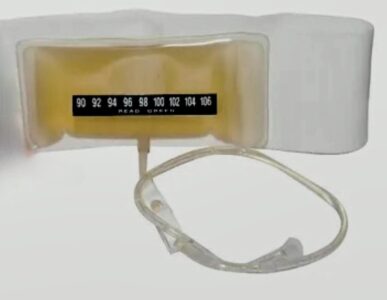
New state laws legalizing the recreational use of marijuana have complicated drug testing in some regions. It’s important to consult with a legal advisor regarding testing procedures, and the inclusion of drugs that have recently changed legal status.
The drug testing industry is expected to grow from $13.34 billion in 2023 to $20.31 billion in 2028. More medical treatments are requiring preventative drug testing and more employers are integrating drug test programs.
Conclusion
Organizations use drug testing to ensure the safety and professionalism of employees, meet insurance requirements, and ensure compliance with medical treatments. They have proven to benefit overall employee performance and mitigate costs. Drug tests improve treatment outcomes by alerting physicians to drug abuse.
Modern drug testing is minimally invasive, accurate, and quick. If you’d like to learn more about drug testing, check out our available drug tests on our product page.

